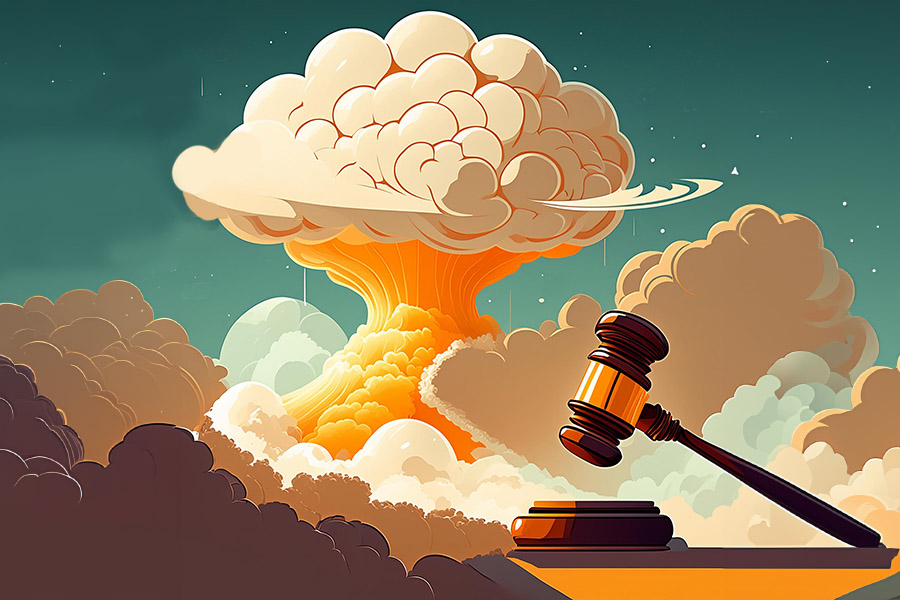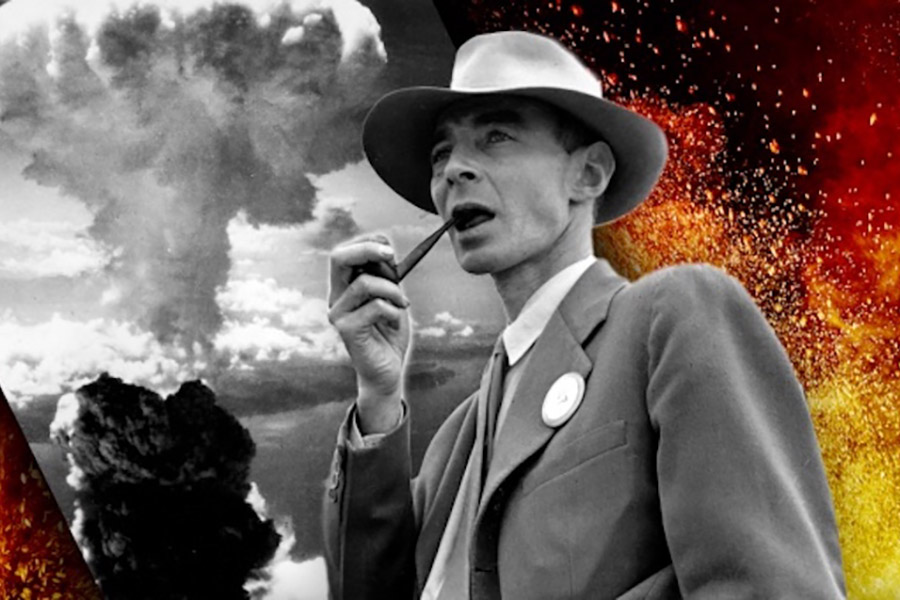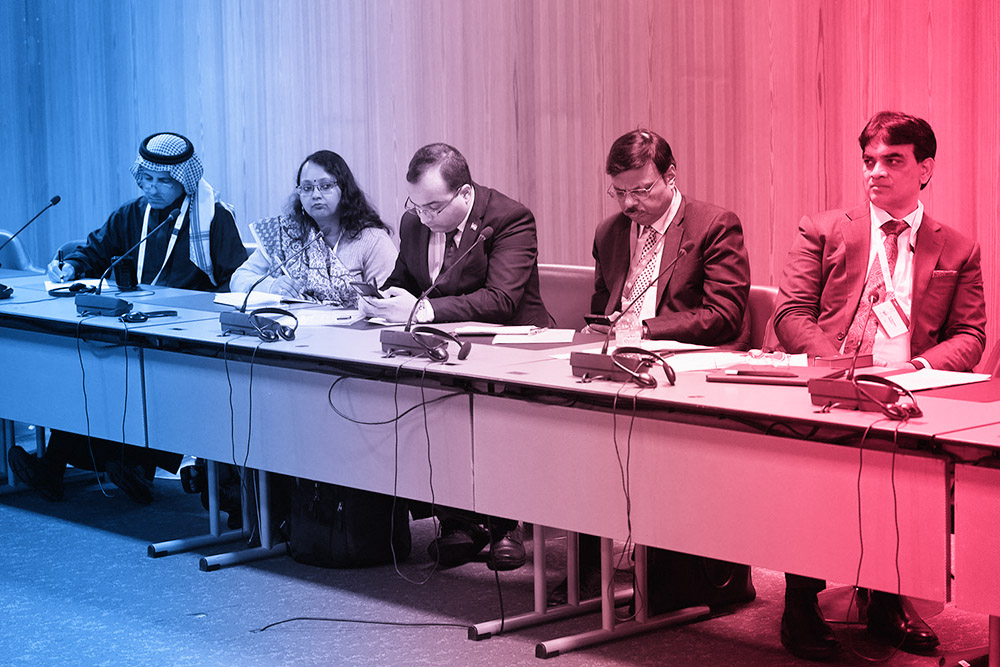Op-ed by Douglas Roche
Embassy, December 15, 2010, p. 15
Hansard recorded the event in the House of Commons under “Routine Proceedings,” but there was nothing routine about it. For the first time in the history of Canada’s Parliament, both the House of Commons and Senate united in a motion calling on the Canadian government to engage in negotiations for a legal ban on all nuclear weapons.
At 4.50 p.m. on Dec. 7, NDP MP Bill Siksay sought the unanimous consent of the House for a five-part motion, which had at its heart: “encourage the Government of Canada to engage in negotiations for a Nuclear Weapons Convention as proposed by the United Nations Secretary-General.” In less than 30 seconds, the motion was adopted.
On June 2, the Senate had unanimously adopted the same motion, introduced in that body by Conservative Senator Hugh Segal, and sent it to the House for similar action. Joint motions in both chambers occur from time to time, but never has there been one that so substantively addressed one of the world’s overarching problems: how to get rid of all 22,600 nuclear weapons still in existence.
Despite the speed of passage in the House, this was by no means a hasty action. In early 2009, Murray Thomson, a Second World War pilot who became a seasoned campaigner for peace, started writing to fellow members of the Order of Canada to secure their support for a statement calling on Canada to join a new worldwide campaign for international negotiations to achieve a Nuclear Weapons Convention. Such a convention would be a verifiable treaty on the prohibition and elimination of nuclear weapons.
The idea is strongly supported by UN Secretary-General Ban Ki-Moon, the European Parliament and Mayors for Peace, which includes 4,000 mayors around the world. Three-quarters of the states at the UN have already voted for negotiations to commence, but the nuclear powers and Western states have largely been opposed.
Thomson, who enlisted the aid of Nobel laureate John Polanyi and myself, was surprised at the strong support from the Order of Canada recipients. Soon he had 100 signatures, then it jumped to 200, and early in 2010, the number soared above 500. Celebrities galore joined: Jean Vanier, Karen Kain, John Turner, Margot Franssen, Michel Bastarache, Margaret Atwood, Roméo Dallaire, Pierre Jeanniot, Colette Boky, Norman Jewison, Avie Bennett, Alex Colville, Frédéric Back, Christopher Plummer, Alanis Obamsawin, Jock Murray, Angela Hewitt, A.J Diamond, Liona Boyd.
On April 9, Thomson, Polanyi and I brought the statement to Prime Minister Stephen Harper, who received us cordially in his Langevin Building office. Thomson presented the prime minister with the Order of Canada signatures, and he seemed impressed with the scope of the list. I then handed him a three-page aide-memoire, which concluded by suggesting, “It is a realizable and supportable goal for Canada to couple its existing work on the Non-Proliferation Treaty with a commitment to support preparatory work on a convention or framework agreement providing a legal basis for the elimination of nuclear weapons.”
Polanyi suggested ways for Canada to send surplus enriched uranium back to the US, which Harper immediately accepted. We followed up the meeting with Harper with similar meetings with Michael Ignatieff, Jack Layton and Gilles Duceppe.
Senator Segal’s motion, introduced on March 23, started moving through the Senate and debate was concluded on 2. There the matter rested over the summer. Thomson decided that to ask an MP to introduce the item in the House as a private member’s motion risked burial in House machinery. Opting to try the unanimous consent route, he enlisted the support of Conservative MP Scott Armstrong, who had shown interest in the nuclear disarmament subject, to secure a meeting with Conservative House Leader John Baird.
On Nov. 24, Thomson brought fellow Order of Canada members Ernie Regehr and Laurent Isabelle with him to seek Baird’s support for the government to accede to unanimous consent. Baird promised to take up the issue with his Cabinet colleagues and indicated Armstrong would introduce the motion.
But at the last minute, the motion got caught up in House leaders’ trading, and Siksay, who is himself Canadian leader of the global Parliamentarians for Nuclear Non-Proliferation and Disarmament, was instructed to introduce the motion.
The ways of Parliament are admittedly arcane, but that can hardly be an excuse for the mainline media to have ignored this signal event. Though the motion is not binding on the government, it is evident that the Cabinet cannot dismiss the expressed view of both the House of Commons and the Senate, backed by 535 members of the Order of Canada, which by definition is composed of Canada’s most prestigious citizens.
Nor is the joint motion only of transitory interest. President Barack Obama has set out a vision of a nuclear-weapons-free world. In May 2010, the Non-Proliferation Treaty Review Conference put a Nuclear Weapons Convention on the international agenda and affirmed that “all states need to make special efforts to establish the framework to achieve and maintain a world without nuclear weapons.” Also, the latest NATO strategic document pledged support for nuclear disarmament and stated: “We are resolved to seek a safer world for all and to create the conditions for a world without nuclear weapons.”
Canada so far has been sluggish in nuclear disarmament work and has never yet voted at the UN for negotiations on a legal ban on nuclear weapons to begin. The joint motion, which also urged a major Canadian diplomatic initiative, has at least got the government’s attention. An expert seminar in Ottawa next spring, led by the nuclear abolitionist leader Bev Delong, will provide the government with substantive ideas for progress.
The Commons-Senate joint action lays the groundwork for a national debate. There are still many obstacles to overcome on the road to zero nuclear weapons. Nuclear weapons are about power, and governments have never given up that which they perceive as giving them strength. The powerful militaryindustrial complexes are still trading on a fear that has been driven into the public.
Despite these obstacles, the tide is turning.Thanks to Murray Thomson, who is both a visionary and an impresario, the abolition of nuclear weapons is on the central stage in Ottawa.
A former senator and former ambassador for disarmament, Douglas Roche’s newest book, How We Stopped Loving the Bomb, will be published in early 2011.
![]()







